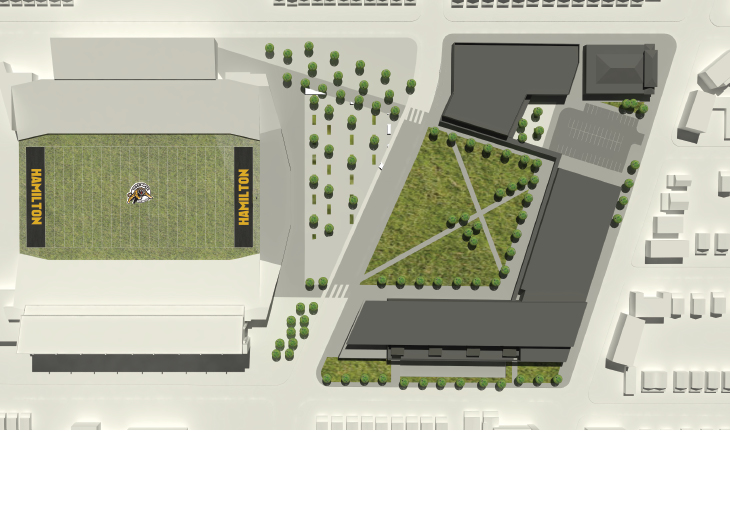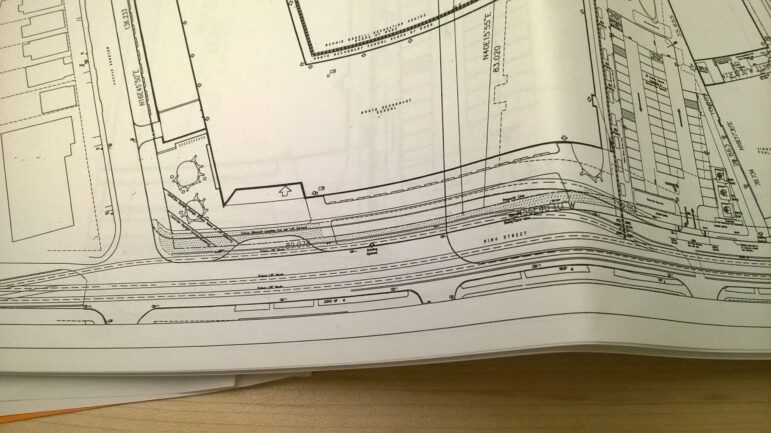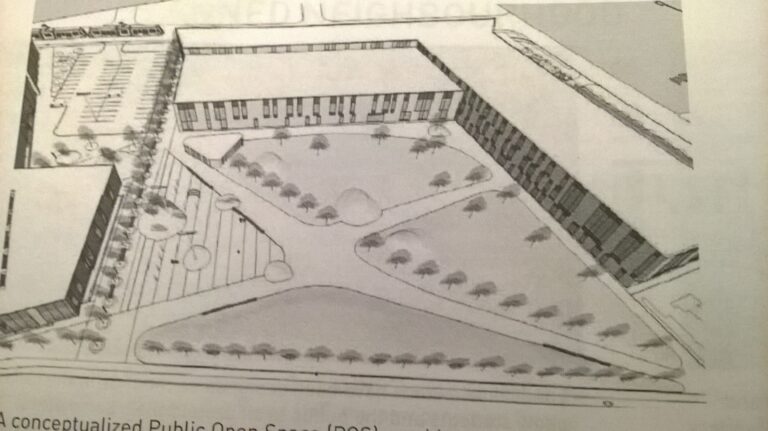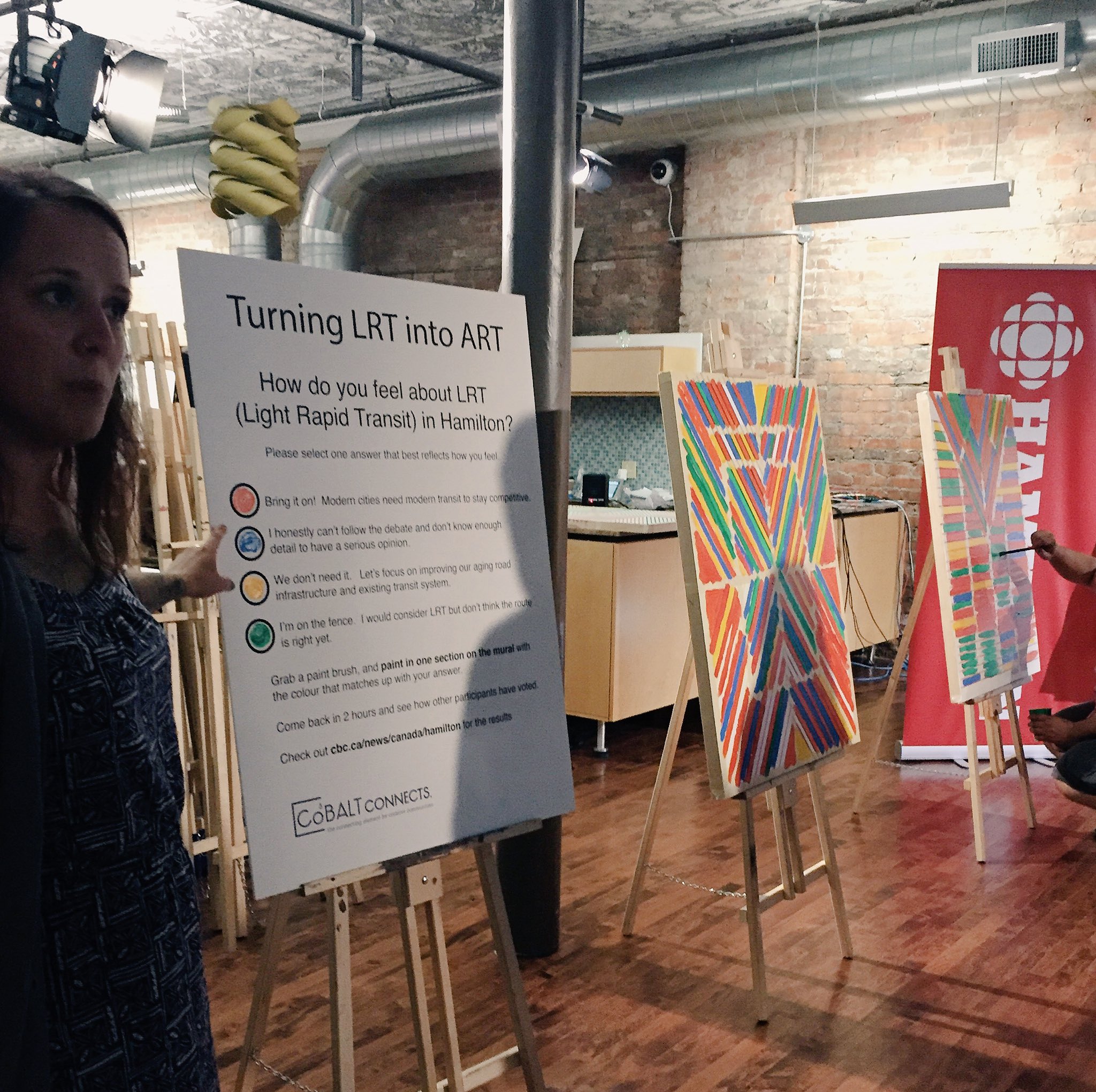mdrejhon
Senior Member
Also...
The stopping impact is mere seconds as there's not much deceleration/acceleration versus having no stop there. And only if the request is triggered (the LRVs have request capability).
Having far-side platforms at Ottawa street, may save more time, than adding a Delta stop! Far-side means countdown crosswalks can finish, and light automatic green by the time LRVs coast through. Delta likely can't use the far-side platform technique, but that means Ottawa street can remain far-side, so that may cancel-out this argument.
Shifting such platforms slightly eastwards to one side, will negetate some time savings for one direction, due to unpredictable embarkation/disembarkation delay for eastwards LRVs -- traffic priority signalling does not work well for that.
The average slowdown to the B-Line for having a Delta station, will be mere seconds -- due to LRVs needing to run slow at Delta anyway. Might as well have them stop at Delta. And the critical traffic direction (morning peak where you're rushing to work/school on time) can continue to behave as far-side.
Having two far-side-platform stations, with a properly-tuned traffic priority system, actually can outperform one non-far-side station, in certain cases, during heavy traffic, on schedule perspective. It all depends, but the point is -- far side makes a big difference on traffic-prioritized rapid transit surface lines. Your suggestion would eliminate the far-side-ness of Ottawa St. You can't easily predictably traffic-prioritize a green light for non-far-side stations with countdown crosswalks. There are length limits for green lights and red lights. I have personally witnessed this with some of the good traffic-prioritized LRT routes...
You have good arguments. But it's not as simple as station count.
The LRVs have to slow down at Delta for the curve, so adding a request-stop at Delta is very low impact --Let's also keep in mind this is a LRT, not a streetcar so adding a stop at Delta will slow what's supposed to be a Rapid Transit Line!
The stopping impact is mere seconds as there's not much deceleration/acceleration versus having no stop there. And only if the request is triggered (the LRVs have request capability).
Having far-side platforms at Ottawa street, may save more time, than adding a Delta stop! Far-side means countdown crosswalks can finish, and light automatic green by the time LRVs coast through. Delta likely can't use the far-side platform technique, but that means Ottawa street can remain far-side, so that may cancel-out this argument.
Shifting such platforms slightly eastwards to one side, will negetate some time savings for one direction, due to unpredictable embarkation/disembarkation delay for eastwards LRVs -- traffic priority signalling does not work well for that.
The average slowdown to the B-Line for having a Delta station, will be mere seconds -- due to LRVs needing to run slow at Delta anyway. Might as well have them stop at Delta. And the critical traffic direction (morning peak where you're rushing to work/school on time) can continue to behave as far-side.
Having two far-side-platform stations, with a properly-tuned traffic priority system, actually can outperform one non-far-side station, in certain cases, during heavy traffic, on schedule perspective. It all depends, but the point is -- far side makes a big difference on traffic-prioritized rapid transit surface lines. Your suggestion would eliminate the far-side-ness of Ottawa St. You can't easily predictably traffic-prioritize a green light for non-far-side stations with countdown crosswalks. There are length limits for green lights and red lights. I have personally witnessed this with some of the good traffic-prioritized LRT routes...
You have good arguments. But it's not as simple as station count.
Last edited:







